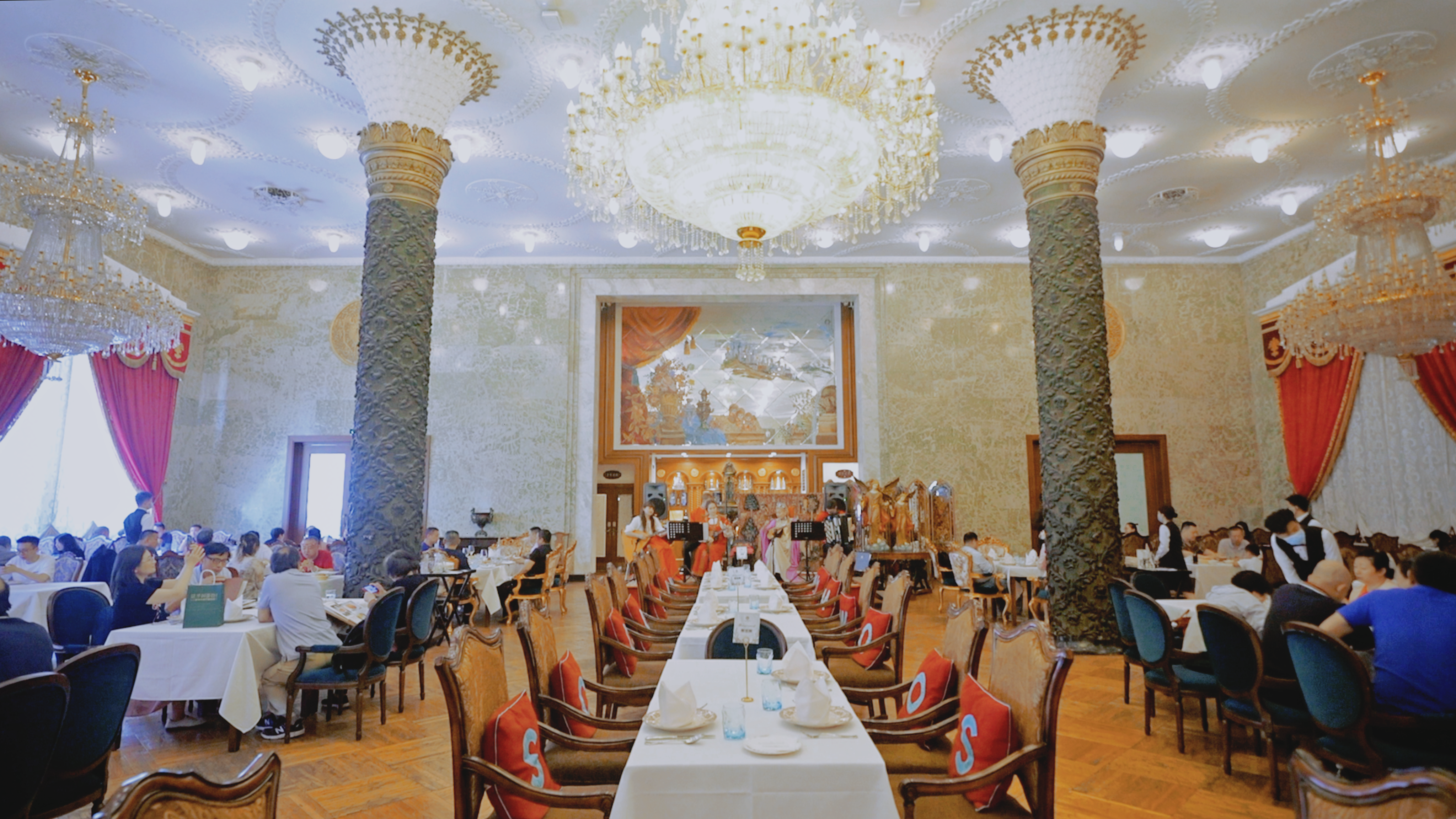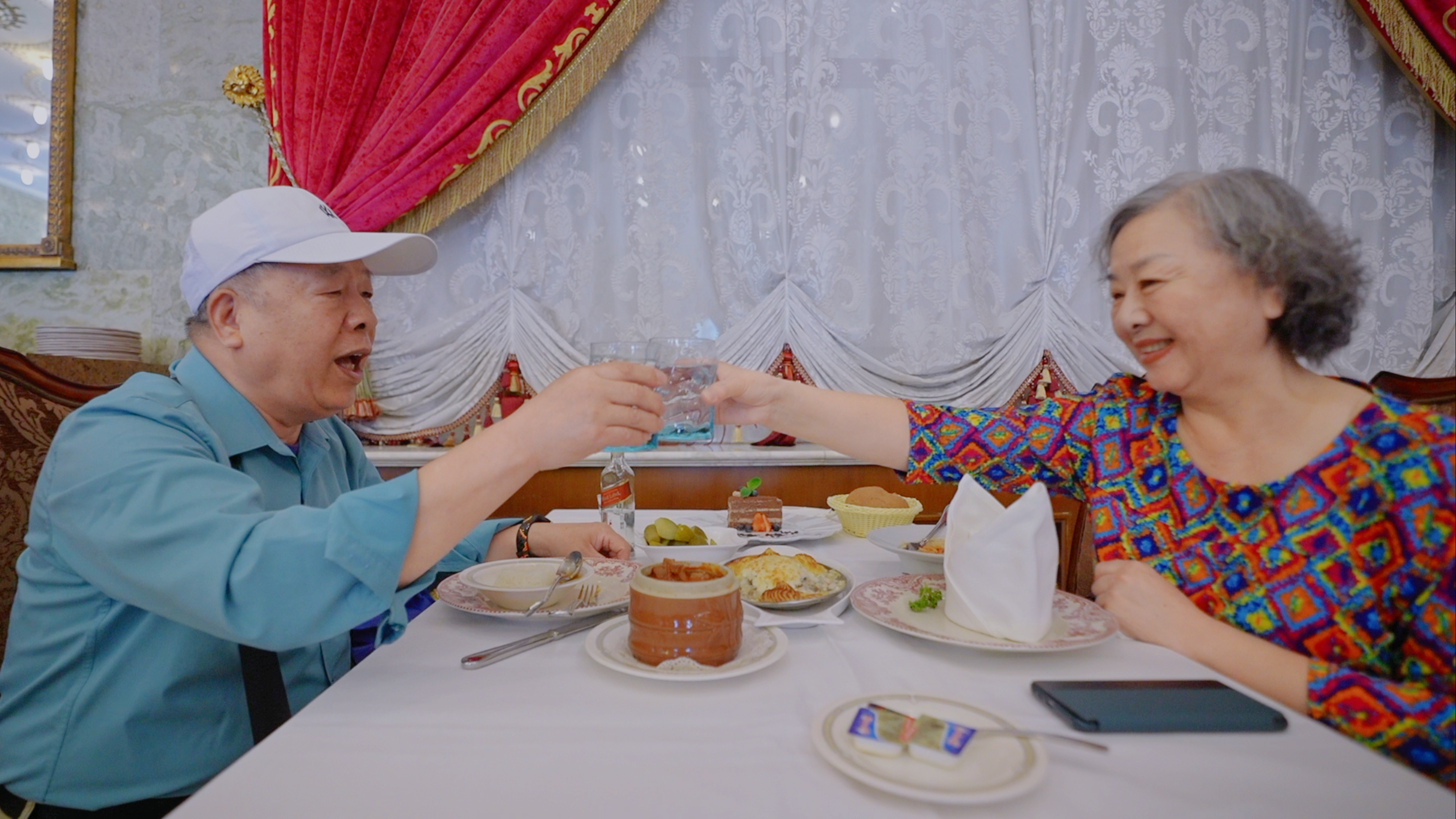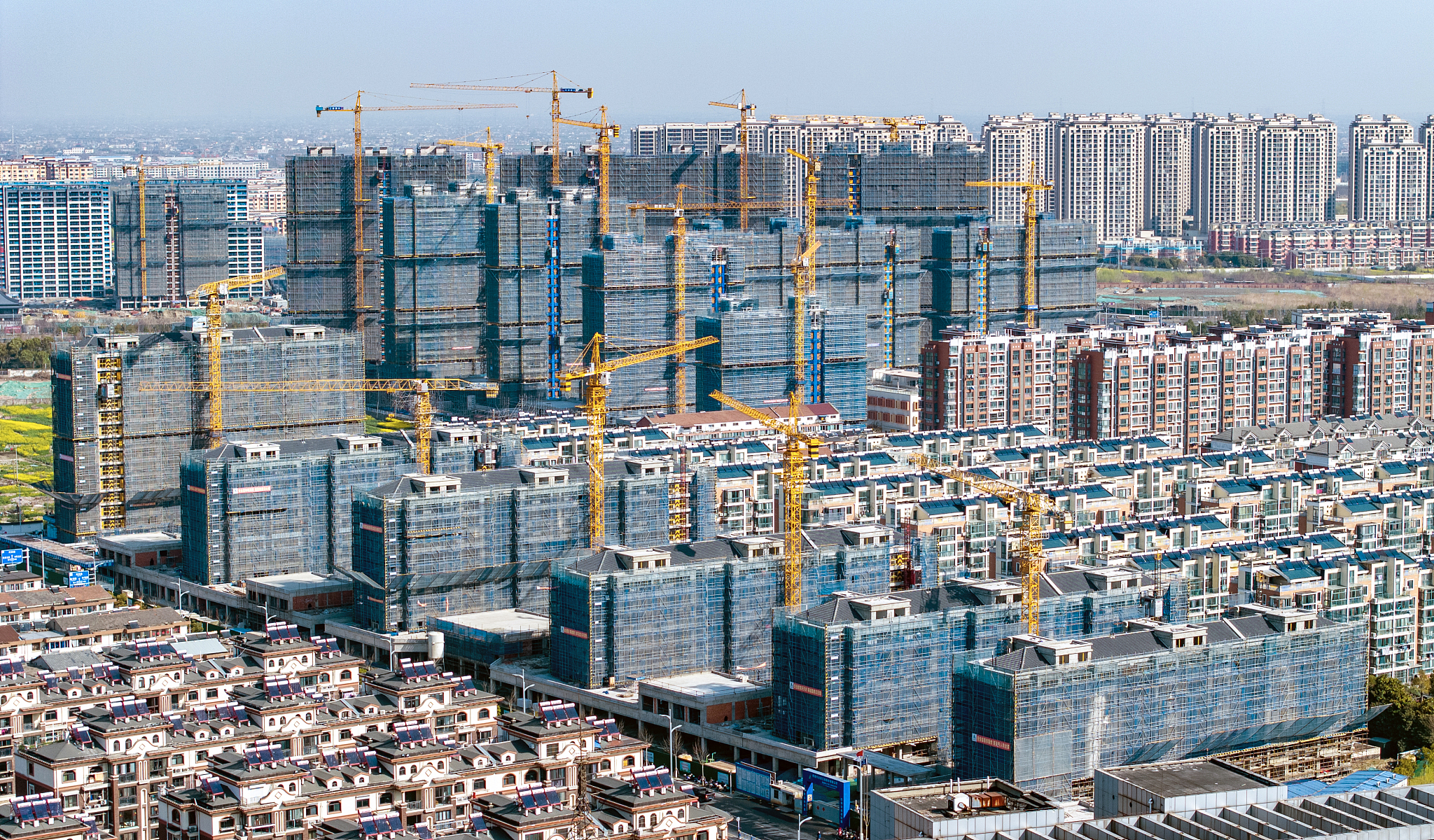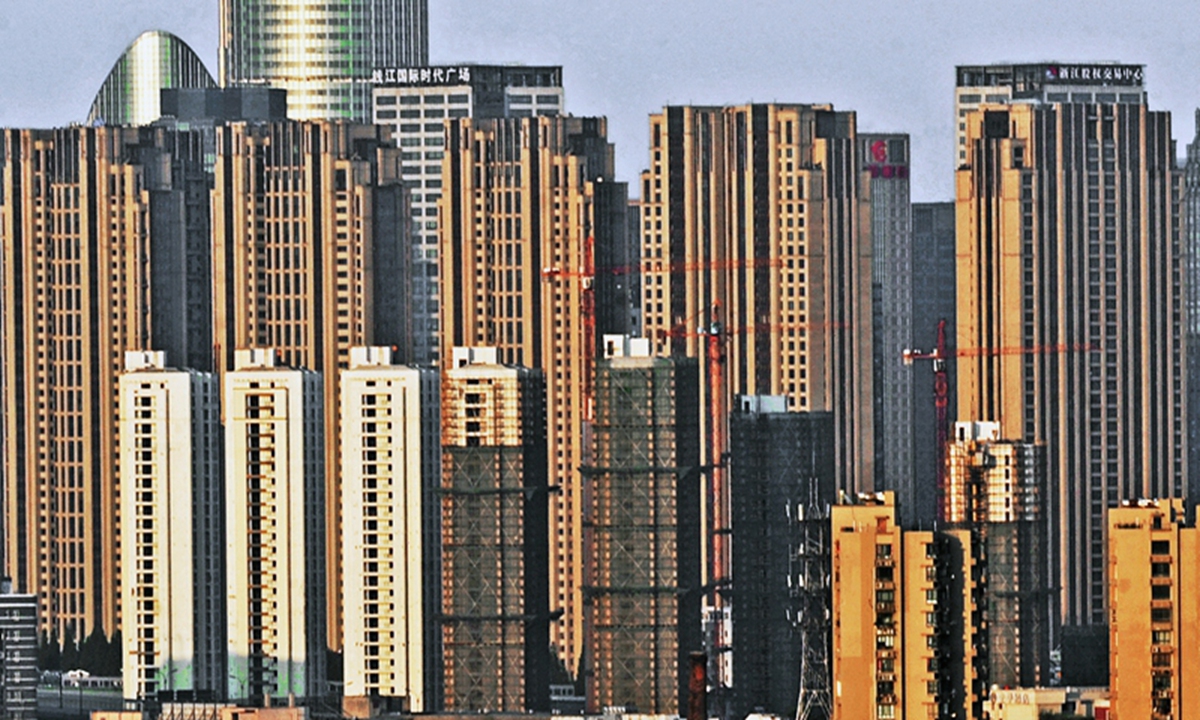Editor’s note: Zhu Fangfei is the director at the Research Department of the Institute for Public Policy of Zhejiang University. The article reflects the author’s opinions and not necessarily the views of CGTN. It has been translated from Chinese and edited for brevity and clarity.
China has issued the first batch of special treasury bonds with terms exceeding 30 years showing evident “ultra-long-term” characteristics. Previously, China issued special treasury bonds in 1998, 2007 and 2020, contributing to economic and social stability and development. Compared to previous issuances of special treasury bonds, the proposed ultra-long-term special treasury bonds this time stand out in three aspects:
First, they have ultra-long terms. Long-term bonds are typically those with terms of 10 years or more. Special treasury bonds issued this time have terms of at least 10 years, with some reaching 30 and even 50 years. Historically, China has rarely issued treasury bonds with terms of 30 years or more, and the total outstanding balance of treasury bonds with remaining terms exceeding 25 years is less than 2 trillion yuan ($277 billion). The special treasury bonds for COVID-19 pandemic control issued in 2020 and the additional treasury bonds issued in the fourth quarter of 2023 mostly had maturities of 10 years or less.
 An image depicting the Chinese phrase for ultra-long-term treasury bonds. /CFP
An image depicting the Chinese phrase for ultra-long-term treasury bonds. /CFP
An image depicting the Chinese phrase for ultra-long-term treasury bonds. /CFP
Second, they have specific purposes. According to information from the country’s government work report, ultra-long-term special treasury bonds are issued to systematically address funding issues for major projects in the process of building a strong nation and achieving national rejuvenation. Relevant funds will be specifically allocated to support the implementation of major national strategies and build up security capacity in key areas. The bonds will be used to support work in multiple fields, including science and technology innovation, integrated urban-rural development, coordinated regional development, food and energy security and high-quality population growth, Zheng Shanjie, chairman of the National Development and Reform Commission, said in March this year.
Third, they are under special management. Unlike ordinary long-term construction treasury bonds, these ultra-long-term special treasury bonds are included in the government fund budget and are not counted towards the country’s deficit. This means they should be used for specific purposes and not for general expenditures. Meanwhile, the principal and interest payments shall come from special revenues.
Given the above characteristics, these ultra-long-term special treasury bonds planned to be issued this time will not only help boost current domestic demand and stabilize the macroeconomy but also lay a solid foundation for high-quality development.
 Consumers purchasing home appliances in Shanghai, China, May 12, 2024. /CFP
Consumers purchasing home appliances in Shanghai, China, May 12, 2024. /CFP
Consumers purchasing home appliances in Shanghai, China, May 12, 2024. /CFP
Firstly, these bonds will optimize the current structure of China’s government debt and enhance fiscal sustainability. On one end, medium and long-term debt represents a relatively small proportion of China’s current government debt. Special treasury bonds issued this time are ultra-long-term, meaning that the government will only need to pay interest over a long period, and the principal is repaid much later. This relieves debt repayment pressure and enhances fiscal sustainability.
On the other end, central government debt accounts for 42.4 percent of China’s government debt, which is lower compared to most countries. The central government will repay the principal and pay the interest for the 1-trillion-yuan special treasury bonds proposed for issuance this year. Relying on the credit of the central government, the interest rate of these bonds is lower than that of local government bonds of the same term, thus helping reduce the overall government borrowing costs.
Secondly, these bonds will stimulate current investment and consumption, thereby boosting domestic demand. On one end, issuing ultra-long-term special treasury bonds sends a positive signal to the market about the government’s proactive fiscal policy and stabilizes market expectations. On the other end, the 1 trillion yuan in special treasury bonds serves as a significant force in driving domestic demand. From a fiscal expenditure perspective, the ratio of China’s total fiscal expenditure to GDP is about 30 percent. Strengthening fiscal expenditure intensity by issuing these 1-trillion-yuan special treasury bonds this year will further stimulate domestic demand.
From the viewpoint of expanding effective investment, China’s fixed-asset investment grew at a rate of 2.8 percent in 2023, with infrastructure investment growth at 5.9 percent and social sector investment (mainly in education, health and culture) at 0.5 percent. The proposed special treasury bonds will be used for investment in implementing major national strategies and building up security capacity in key areas, thus stimulating further recovery of investment growth this year.
 People shopping in an outdoor mall in Beijing, China, May 3, 2024. /CFP
People shopping in an outdoor mall in Beijing, China, May 3, 2024. /CFP
People shopping in an outdoor mall in Beijing, China, May 3, 2024. /CFP
Thirdly, these bonds hold paramount significance for promoting high-quality development. The special treasury bonds issued this time will be dedicated to implementing major national strategies and building up security capacity in key areas, including technology innovation, integrated urban-rural development, coordinated regional development, food and energy security and high-quality population growth. These fields are crucial for implementing new development concepts and supporting innovative, green, coordinated, open and shared development.
However, these bonds also face issues such as enormous potential construction demands, extended investment cycles, low market return, and insufficient funding channels. The special government bonds issued this time will help address these challenges, enabling government investment to play a key role in optimizing the supply structure and driving economic structural transformation and upgrade by raising quality and efficiency through fiscal policies.
(Cover via CFP)

 An aerial view of the Shanghai Synchrotron Radiation Facility in east China’s Shanghai Municipality. /CMG
An aerial view of the Shanghai Synchrotron Radiation Facility in east China’s Shanghai Municipality. /CMG  An aerial view of the Shanghai Synchrotron Radiation Facility in east China’s Shanghai Municipality. /CMG
An aerial view of the Shanghai Synchrotron Radiation Facility in east China’s Shanghai Municipality. /CMG  An internal view of the Shanghai Synchrotron Radiation Facility in east China’s Shanghai Municipality. /CMG
An internal view of the Shanghai Synchrotron Radiation Facility in east China’s Shanghai Municipality. /CMG 

 The dining hall of the Moscow Restaurant in Beijing /CGTN
The dining hall of the Moscow Restaurant in Beijing /CGTN  Russian dishes are served at Moscow Restaurant in Beijing. /CGTN
Russian dishes are served at Moscow Restaurant in Beijing. /CGTN  Customers celebrate a wedding anniversary. /CGTN
Customers celebrate a wedding anniversary. /CGTN  Russian performers play instruments. /CGTN
Russian performers play instruments. /CGTN 
 Chinese white dolphins in Leizhou Bay, Zhanjiang City, Guangdong Province, south China, May 16, 2024. /CFP
Chinese white dolphins in Leizhou Bay, Zhanjiang City, Guangdong Province, south China, May 16, 2024. /CFP  Chinese white dolphins in Leizhou Bay, Zhanjiang City, Guangdong Province, south China, May 16, 2024. /CFP
Chinese white dolphins in Leizhou Bay, Zhanjiang City, Guangdong Province, south China, May 16, 2024. /CFP  A Chinese white dolphin in the Leizhou Bay, Zhanjiang City, Guangdong Province, south China, May 16, 2024. /CFP
A Chinese white dolphin in the Leizhou Bay, Zhanjiang City, Guangdong Province, south China, May 16, 2024. /CFP  Chinese white dolphins in Leizhou Bay, Zhanjiang City, Guangdong Province, south China, May 16, 2024. /CFP
Chinese white dolphins in Leizhou Bay, Zhanjiang City, Guangdong Province, south China, May 16, 2024. /CFP  Chinese white dolphins in Leizhou Bay, Zhanjiang City, Guangdong Province, south China, May 16, 2024. /CFP
Chinese white dolphins in Leizhou Bay, Zhanjiang City, Guangdong Province, south China, May 16, 2024. /CFP 
 South Sudan on Wednesday launched a five-year United Nations-backed project to build the resilience of vulnerable communities to the effects of climate change while restoring ecosystems. /CFP
South Sudan on Wednesday launched a five-year United Nations-backed project to build the resilience of vulnerable communities to the effects of climate change while restoring ecosystems. /CFP  South Sudan’s Minister of Environment and Forestry said climate change is currently a major threat to the world, and South Sudan is among the countries in the region most affected. /CFP
South Sudan’s Minister of Environment and Forestry said climate change is currently a major threat to the world, and South Sudan is among the countries in the region most affected. /CFP 
 A government-subsidized housing project is under construction in Nantong City, east China’s Jiangsu Province, March 22, 2024. /CFP
A government-subsidized housing project is under construction in Nantong City, east China’s Jiangsu Province, March 22, 2024. /CFP 
 An image depicting the Chinese phrase for ultra-long-term treasury bonds. /CFP
An image depicting the Chinese phrase for ultra-long-term treasury bonds. /CFP  Consumers purchasing home appliances in Shanghai, China, May 12, 2024. /CFP
Consumers purchasing home appliances in Shanghai, China, May 12, 2024. /CFP  People shopping in an outdoor mall in Beijing, China, May 3, 2024. /CFP
People shopping in an outdoor mall in Beijing, China, May 3, 2024. /CFP 



